Wind Turbine Fire Prevention System Using Fuzzy Rules and WEKA Data Mining Cluster Analysis
Abstract
1. Introduction
2. Optimal Pitch Control Technology for Wind Power Generators
- -
- In consideration of the cost and time of system construction, the operational test on the virtual machine was executed for the purpose of experimental research, and the results of the execution were derived so that they could be transferred to the actual machine to help with continuous research analysis.
- -
- Some data of the SCADA system stipulated in IEC 61400-25-2 were limited, analyzed, and processed with a visualization technique of big data through factor analysis that increases the user’s convenience through related research papers and practical cases.
3. Wind Power Generator Over-Current Blocking Control Technology
- ■
- Utilization of VCB (Vacuum Circuit Breaker)
- -
- VCB has excellent dielectric recovery properties between electrodes after current cut-off and has very good over-current blocking performance in the event of a sudden high voltage, which can ultimately prevent fires.
- -
- Excellent dielectric strength of less than 10−3 torr and rapid diffusion of a small capacity arc into the vacuum to protect the equipment and prevent fires caused by the wind turbine over-current in the event of a lightning strike.
- -
- Due to the small arc capacity, the contact consumption due to current blocking is low, and the long opening and closing life is suitable for multi-frequency circuit breakers; especially since it is completely enclosed, there is no arc/heat/gas emission when shutting down, so it is easy to repair and inspect.
- -
- Because it cuts off the current in the vacuum, it has the characteristics of low noise, and it is often used to prevent electrical fire accidents as a solid circuit breaker due to the small contact clearance.
- ■
- Utilizing prototypes such as a modular MCB (Main Circuit Breaker) incorporating VI (Vacuum Interrupter)
- -
- Fire can be prevented through convergence hybrid circuit breaker monitoring diagnosis, such as a monitoring diagnosis system that prevents accident risk using a modular MCB, a circuit breaker operation coil monitoring system, and a module box temperature/humidity monitoring diagnosis.
- -
- The modular MCB system, which was applied to EMU-260 for the first time in 2018, has not yet been domestically produced, so the localization of the product is underway through the railway vehicle parts development project (hosted by the Korea Railroad Corporation Research Institute, 2021.04~2025.12).
- -
- It is possible to prevent fires by performing the same real-time status monitoring function of the modular MCB by applying the previously developed circuit breaker monitoring and diagnosis system.
- ■
- Utilization of vacuum degree change analysis method using a PD (Partial Discharge) signal
- -
- By detecting the PD signal and analyzing the vacuum degree change, it is possible to prevent a fire through modular TBM (Time Based Maintenance)/CBM (Condition Based Maintenance)-based preventive maintenance.
- -
- By analyzing the operation characteristics of the operation coil and the temperature/humidity change, a multi-signal sensor module and a diagnostic module can be implemented to prevent fires through machine learning in the diagnostic module to improve the performance of the monitoring diagnosis function.
4. Computer Simulation
4.1. Simulation Using Wind Power Generation Big Data
| (RULE 1) | IF WDS IS PB |
| AND DRV IS NS | |
| THEN OPT IS PB | |
| (RULE 2) | IF WDS IS PB |
| AND DRV IS NM | |
| THEN OPT IS PM | |
| (RULE 3) | IF WDS IS PS |
| AND DRV IS NS | |
| THEN OPT IS PS | |
| WDS: wind angle pitch control error | |
| DRV: wind direction yaw control error | |
| OPRG: optimal wind power efficiency | |
4.2. Simulation Using Wind Weather Resource Maps
- -
- Less than 4 m/s: blade motor idling
- -
- 4~8 m/s: Low-speed operation
- -
- 8~13 m/s: Normal operation
- -
- 13~25 m/s: Rated control operation
- -
- 26~30 m/s or more (in case of typhoon or strong wind): Stall control that can protect the rotor by forcibly stopping the rotor
5. Conclusions
Supplementary Materials
Author Contributions
Funding
Data Availability Statement
Acknowledgments
Conflicts of Interest
References
- Available online: https://namu.wiki/w/%ED%92%8D%EB%A0%A5%20%EB%B0%9C%EC%A0%84 (accessed on 14 May 2023).
- Available online: https://penguinworld9.tistory.com/707 (accessed on 14 May 2023).
- Jung, S.-M.; Choi, W.-J. A Study on Deep Learning-based Fault Diagnosis using Vibration Data of Wind Generator. J. Korean Inst. Inf. Technol. 2022, 20, 129–136. [Google Scholar]
- Mahmoud, T.; Dong, Z.Y.; Ma, J. An advanced approach for optimal wind power generation prediction intervals by using self-adaptive evolutionary extreme learning machine. Renew. Energy 2018, 126, 254–269. [Google Scholar] [CrossRef]
- Offshore wind turbines ‘emergency’ in safety, from blade breakage to fire. J. Electr. May 2021.
- Santoni, C.; Khosronejad, A.; Seiler, P.; Sotiropoulos, F. Toward control co-design of utility-scale wind turbines: Collective vs. individual blade pitch control. Energy Rep. Res. Pap. 2023, 9, 793–806. [Google Scholar] [CrossRef]
- Poureh, A.; Chamani, M.; Bahri, A. Nonlinear analysis of gain scheduled controllers for the NREL 5-MW turbine blade pitch control system. Int. J. Electr. Power Energy Syst. 2022, 145, 108578. [Google Scholar] [CrossRef]
- Eyecioglu, O.; Hangun, B.; Kayisli, K.; Yesilbudak, M. Performance Comparison of Different Machine Learning Algorithms on the Prediction of Wind Turbine Power Generation. In Proceedings of the 2019 IEEE 8th International Conference on Renewable Energy Research and Applications (ICRERA), Brasov, Romania, 3–6 November 2019. [Google Scholar]
- Park, S.-J.; Hong, Y.-S.; Kang, J.-J.; Yang, J.-S. A Study on Wind Power Efficiency Analysis. J. Inst. Internet Broadcast. Commun. (IIBC) 2017, 17, 219–224. [Google Scholar] [CrossRef]
- Kim, J.-H.; Cho, S.-H.; Park, S.-H.; Ki, J.-Y.; Hong, Y.-S.; Park, S.-J.; Yoon, B.-J. Wind Power Generation Fire Prediction Factor Analysis. In Proceedings of the 10th ICAEIC-2023, Advanced Engineering and ICT-Convergence Proceedings (AEICP), Bangkok, Thailand, 7–10 February 2023; pp. 189–195. [Google Scholar]
- Kim, J.-H.; Cho, S.-H.; Park, S.-H.; Ki, J.-Y.; Hong, Y.-S.; Park, S.-J.; Yoon, B.-J. Optimal Control of Wind Power Generation using Fuzzy Rules. In Proceedings of the 10th ICAEIC-2023, Advanced Engineering and ICT-Convergence Proceedings (AEICP), Bangkok, Thailand, 7–10 February 2023; pp. 23–29. [Google Scholar]
- Liu, M.; Qiu, P.; Wei, K. Research on Wind Speed Prediction of Wind Power System Based on GRU Deep Learning. In Proceedings of the 2019 IEEE 3rd Conference on Energy Internet and Energy System Integration (EI2), Changsha, China, 8–10 November 2019; pp. 1699–1703. [Google Scholar]
- Merlini, D.; Rossini, M. Text categorization with WEKA: A survey. Mach. Learn. Appl. 2021, 4, 15. [Google Scholar] [CrossRef]
- Chen, G.; Shan, J.; Li, D.Y.; Wang, C.; Li, C.; Zhou, Z.; Hao, J.J. Research on Wind Power Prediction Method Based on Convolutional Neural Network and Genetic Algorithm. In Proceedings of the 2019 IEEE Innovative Smart Grid Technologies—Asia(ISGT Asia), Chengdu, China, 21–24 May 2019; pp. 3573–3578. [Google Scholar]
- Yun, B.J.; Kim, J.I.; Yoon, J.Y.; Kang, J.J.; Hong, Y.S. Development of Multi-Sensor Convergence Monitoring and Diagnosis Device based on Edge AI for the Modular Main Circuit Breaker of Korean High-Speed Rolling Stock. Int. J. Adv. Cult. Technol. 2022, 10, 569–575. [Google Scholar]
- Railway Vehicle Parts Development Project_Project Task Manual. Korea Railroad. Available online: https://www.kaia.re.kr/portal/landmark/readTskView.do?tskId=156120&yearCnt=3&cate1=&cate2=&cate3=&year=&bizName=&psnNm=&orgNm=&tskName=&sort=&pageIndex=1&menuNo=200060 (accessed on 27 April 2021).
- Lin, H.; Liu, X.; Wang, X.; Liu, Y. A Fuzzy inference and big data analysis algorithm for the prediction of forest fire based on rechargeable wireless sensor networks. Sustain. Comput. Inform. Syst. 2018, 18, 101–111. [Google Scholar] [CrossRef]
- Development of Integrated Management Technology for Facility Supply Chain between Wind Farms, R&D Plan_Energy R&D (Source/Innovation/Demonstration Type); No. 20213030020400; MOTIE (Ministry of Trade, Industry & Energy) of the Republic of Korea: Sejong-si, Republic of Korea, 2021.
- Batool, I.; Khan, T.A. Software fault prediction using data mining, machine learning and deep learning techniques: A systematic literature review. Comput. Electr. Eng. 2022, 100, 107886. [Google Scholar] [CrossRef]
- Deng, Y.; Jia, H.; Li, P.; Tong, X.; Qiu, X.; Li, F. A Deep Learning Methodology Based on Bidirectional Gated Recurrent Unit for Wind Power Prediction. In Proceedings of the 2019 14th IEEE Conference on Industrial Electronics and Applications (ICIEA), Xi’an, China, 19–21 June 2019; pp. 591–595. [Google Scholar]
- Tursunboev, J.; Kang, Y.S.; Huh, S.B.; Lim, D.W.; Kang, J.M.; Jung, H. Hierarchical Federated Learning for Edge-Aided Unmanned Aerial Vehicle Networks. Appl. Sci. 2022, 12, 670. [Google Scholar] [CrossRef]
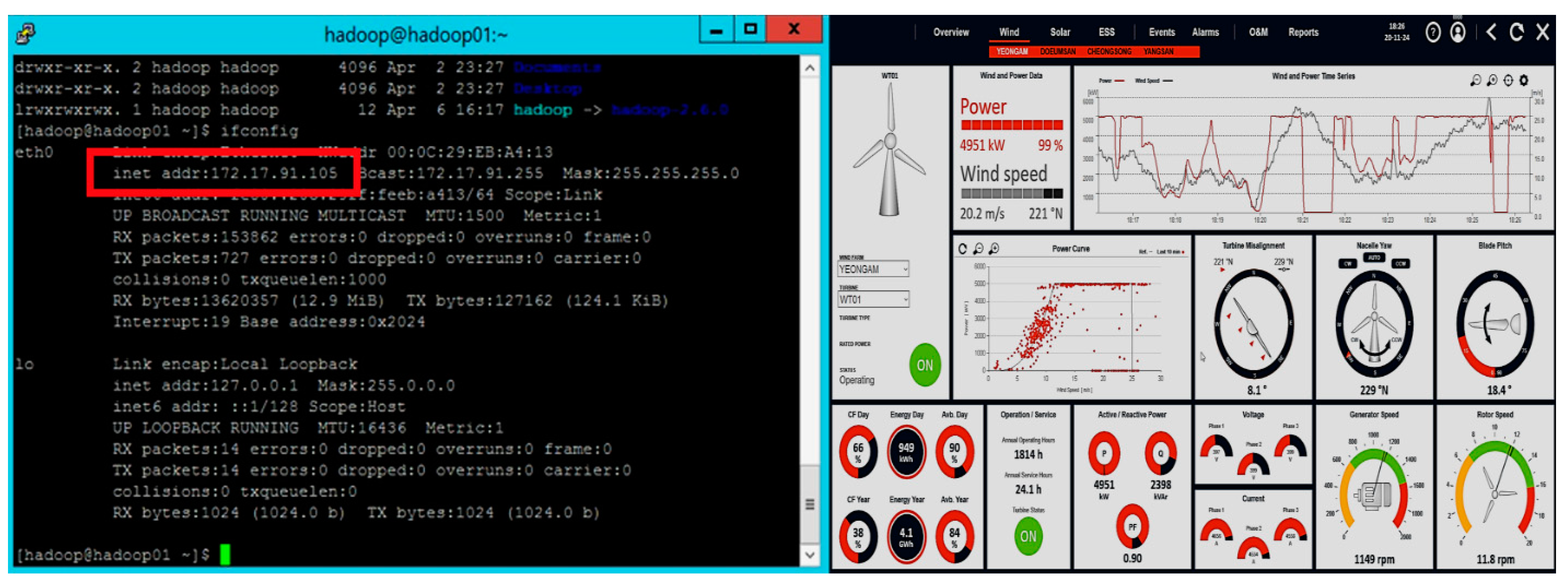
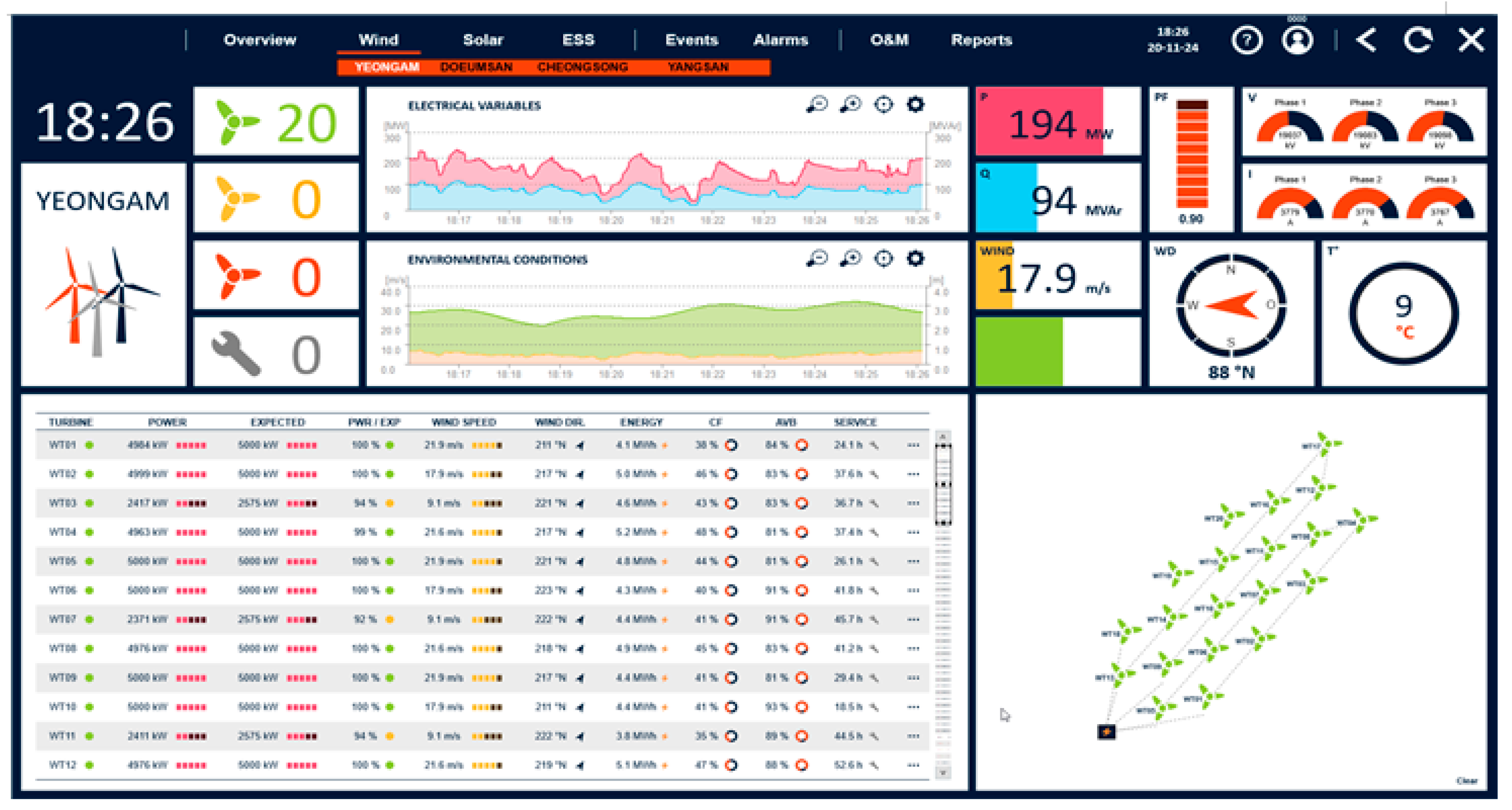
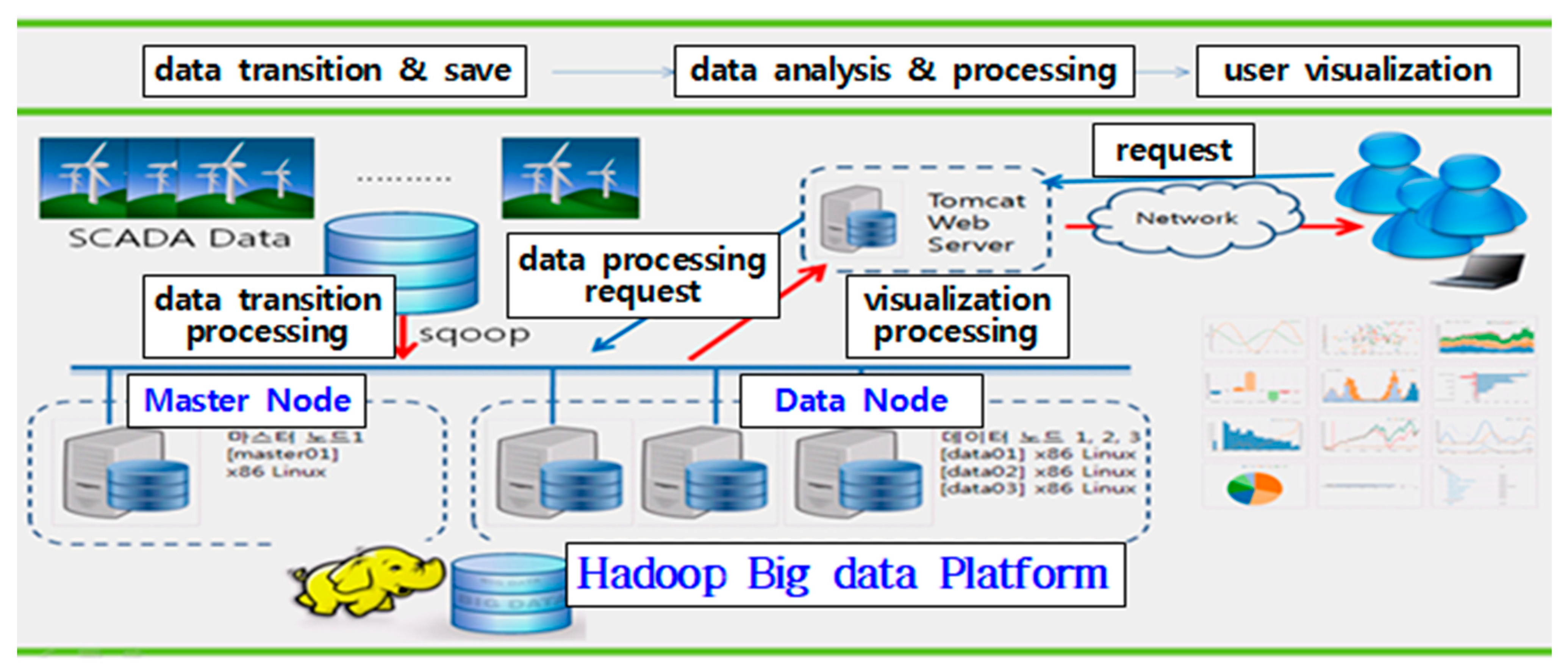
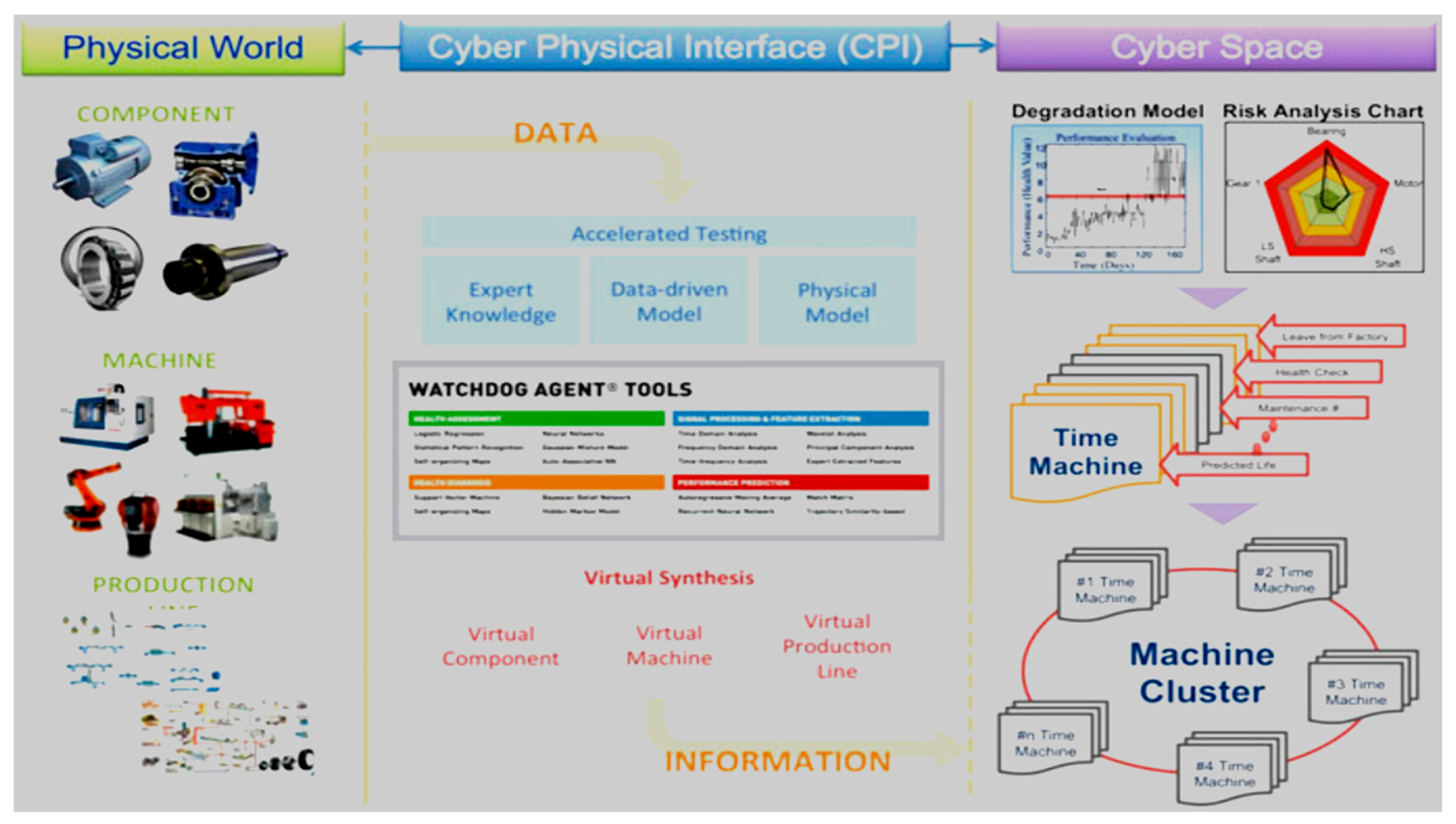
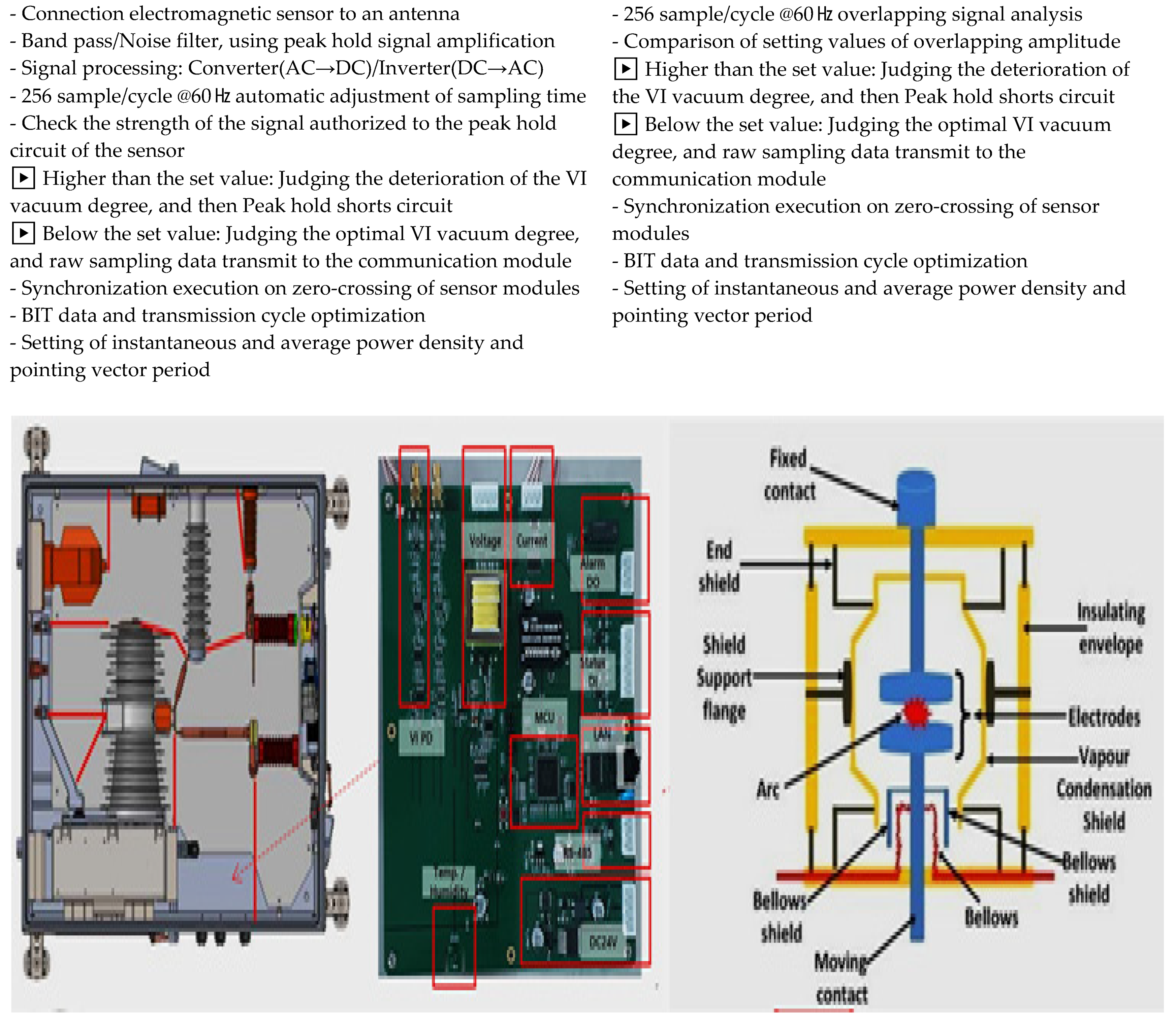
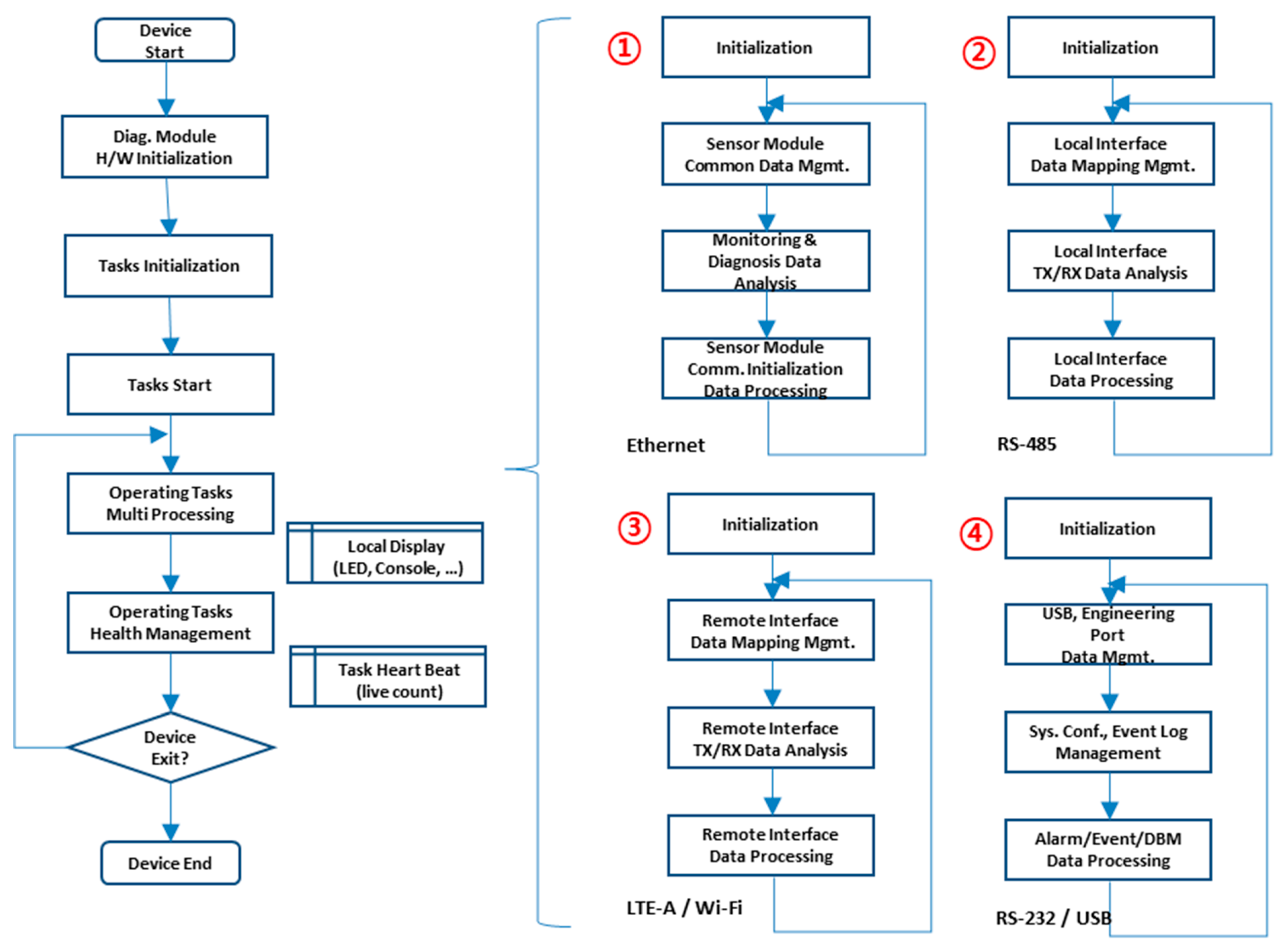
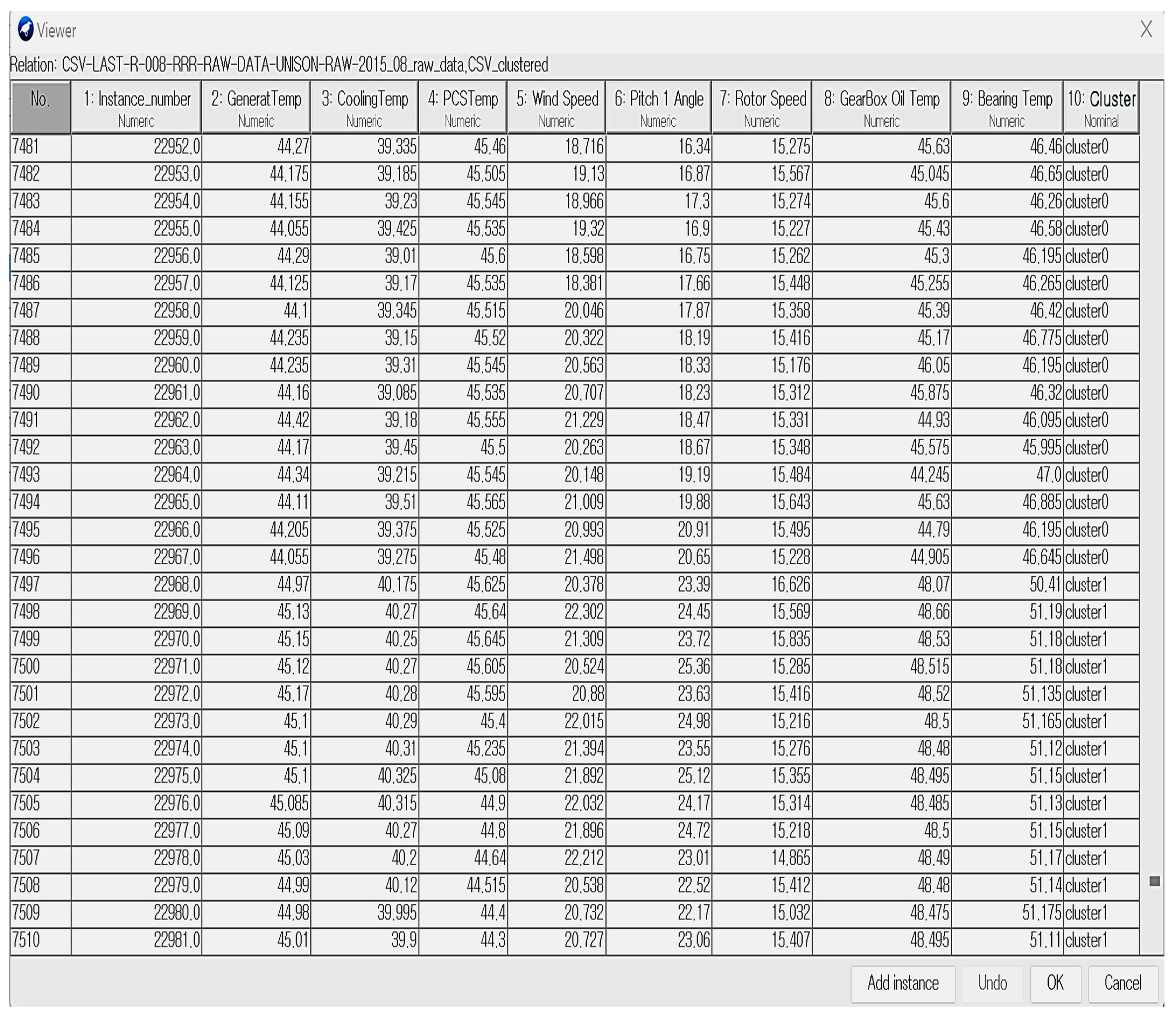
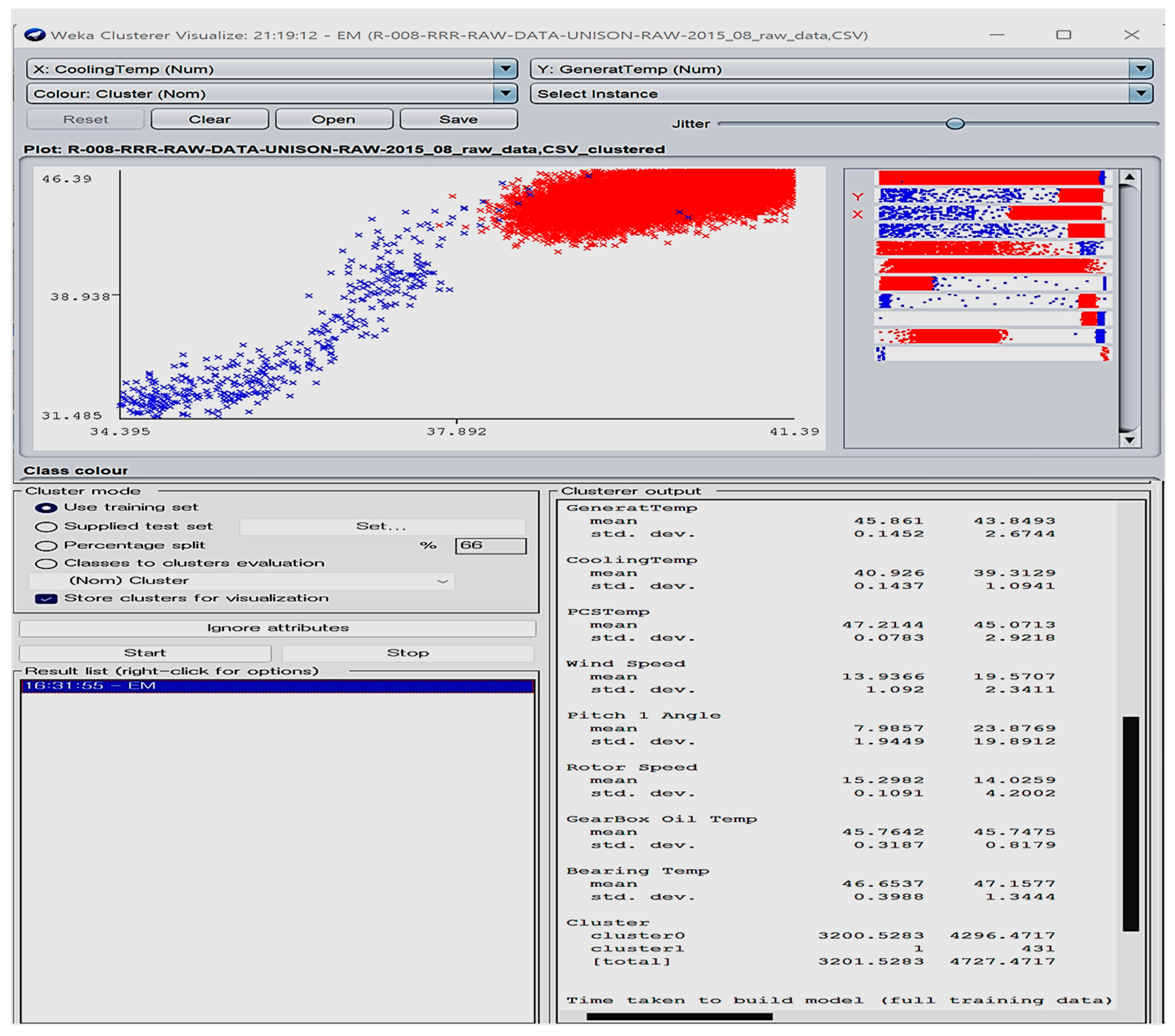
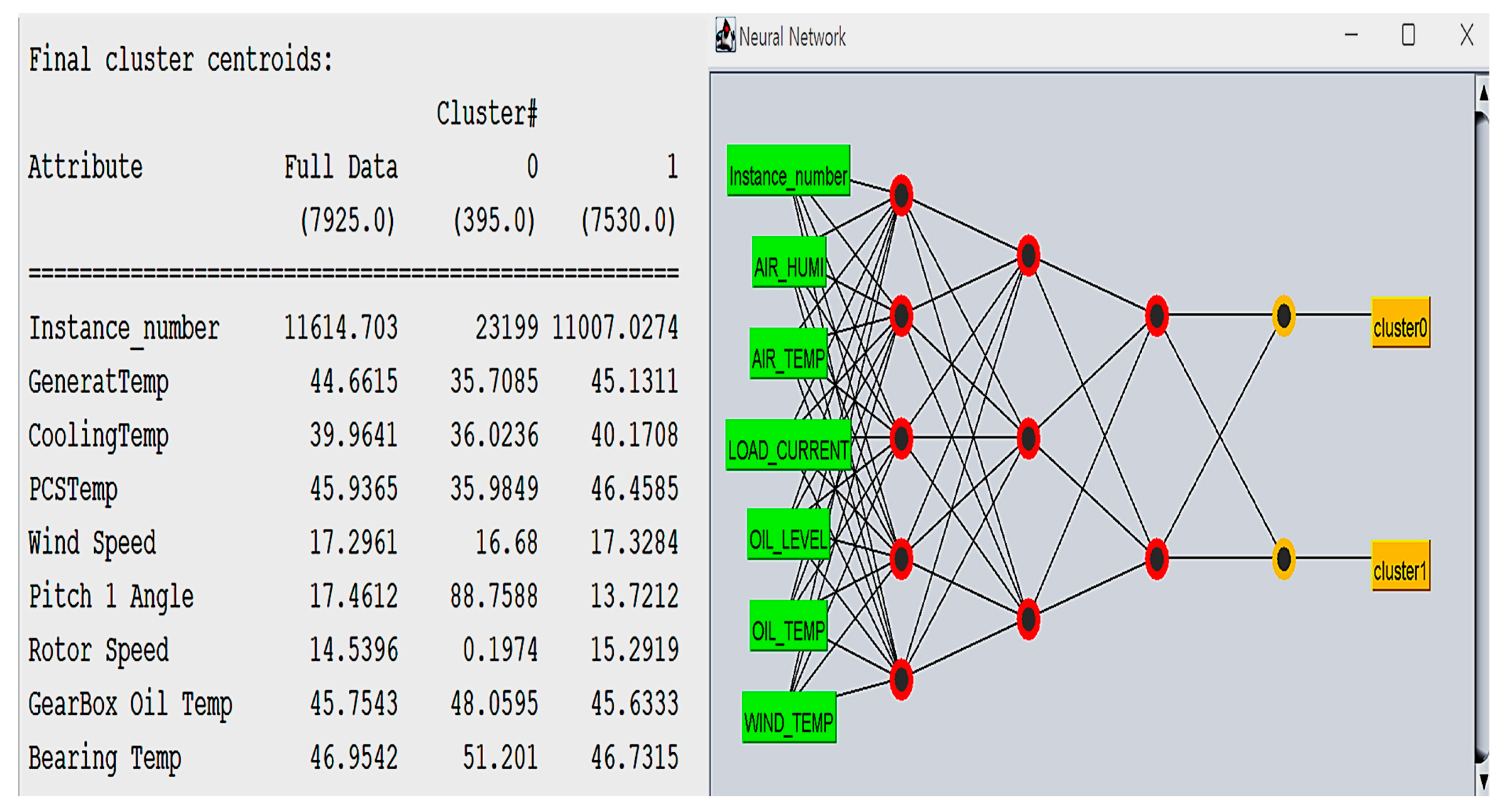
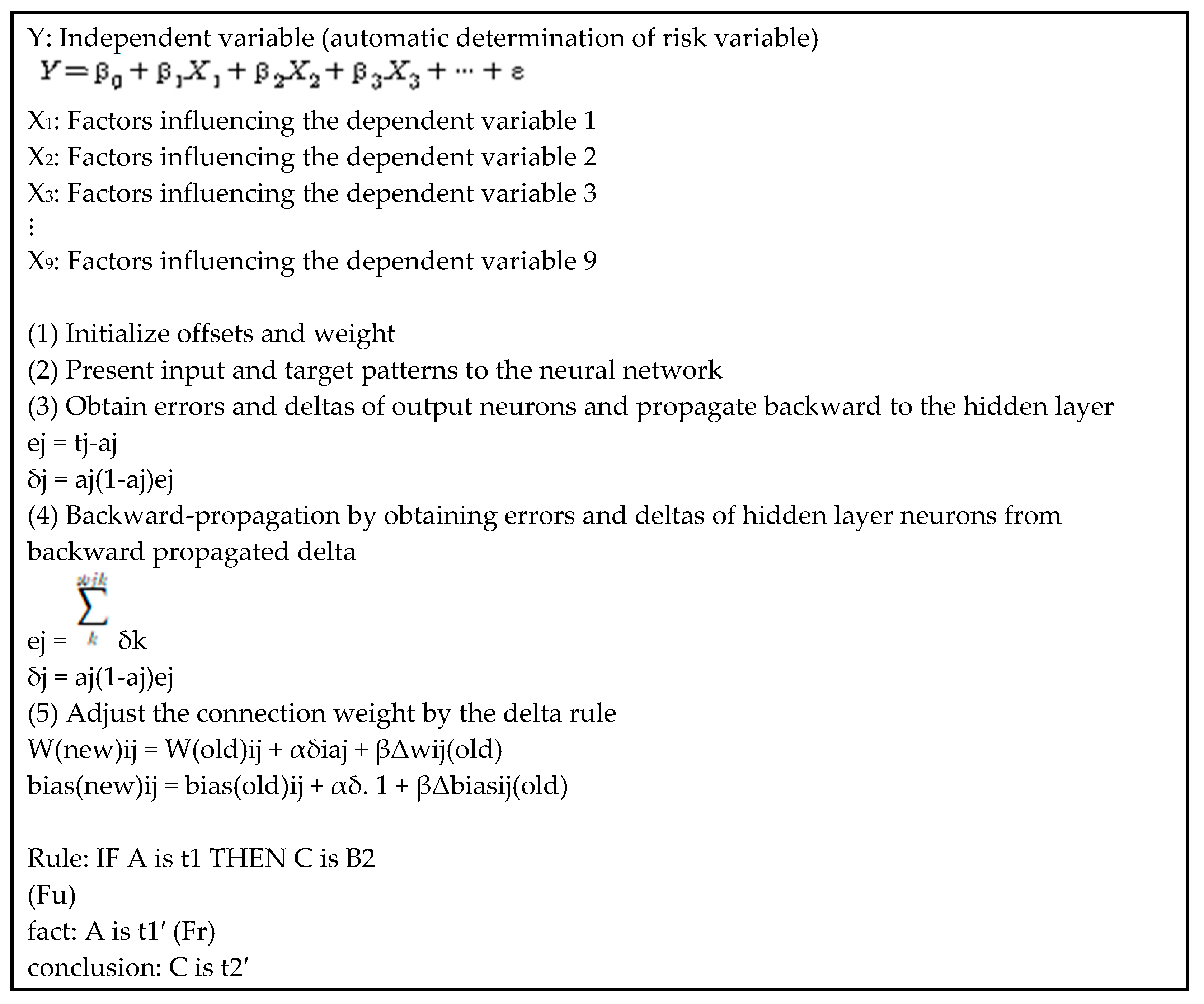
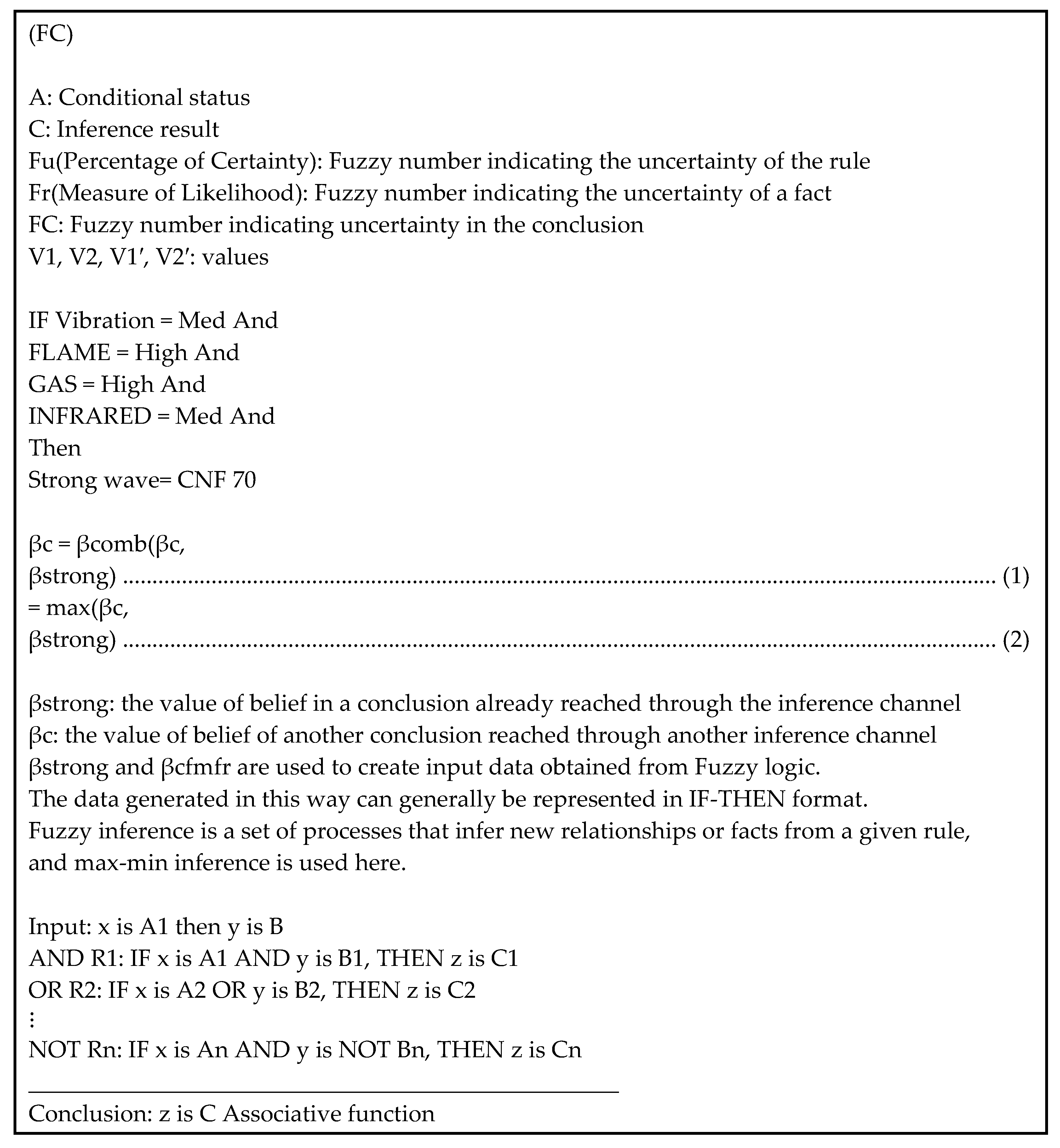
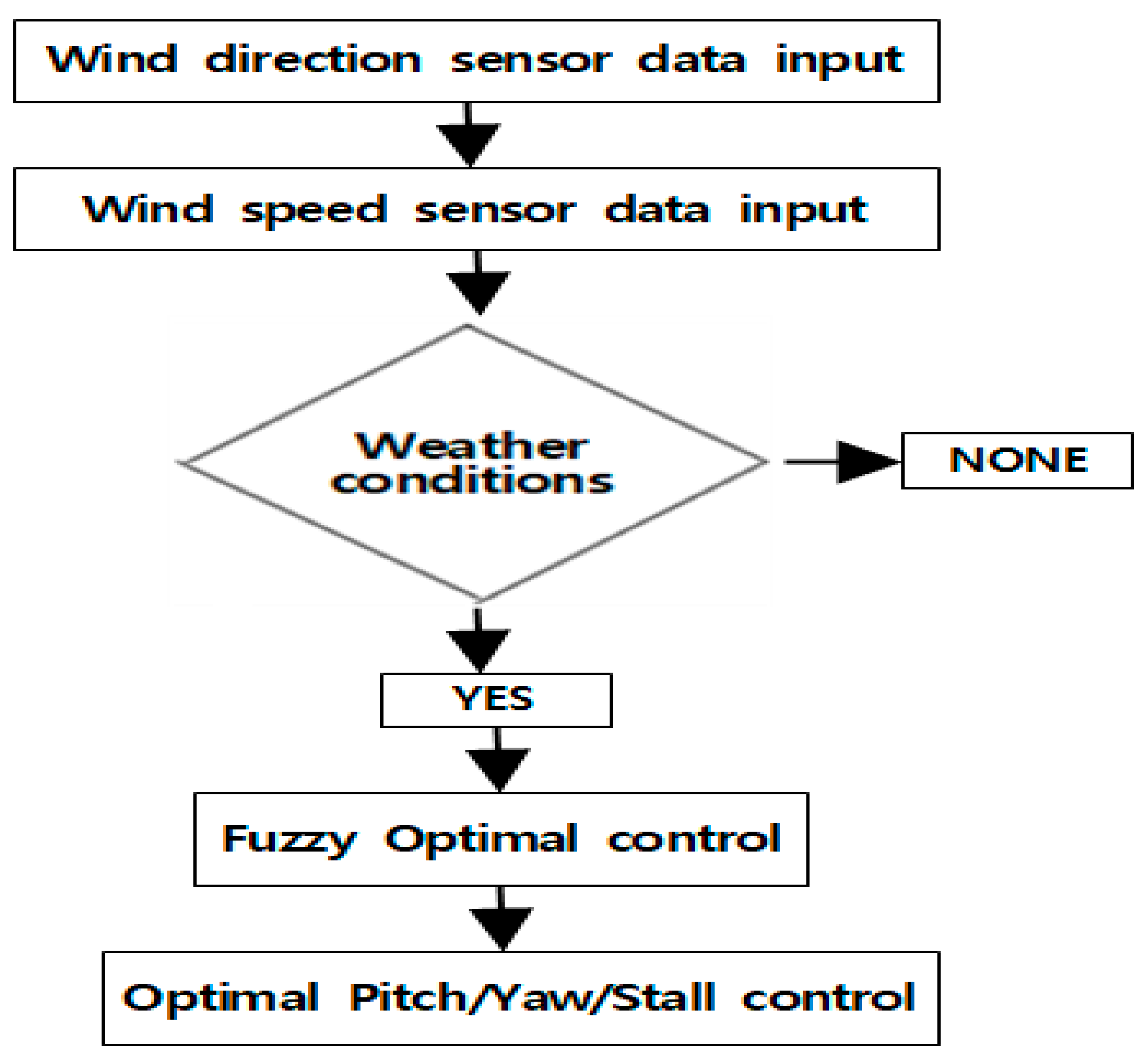
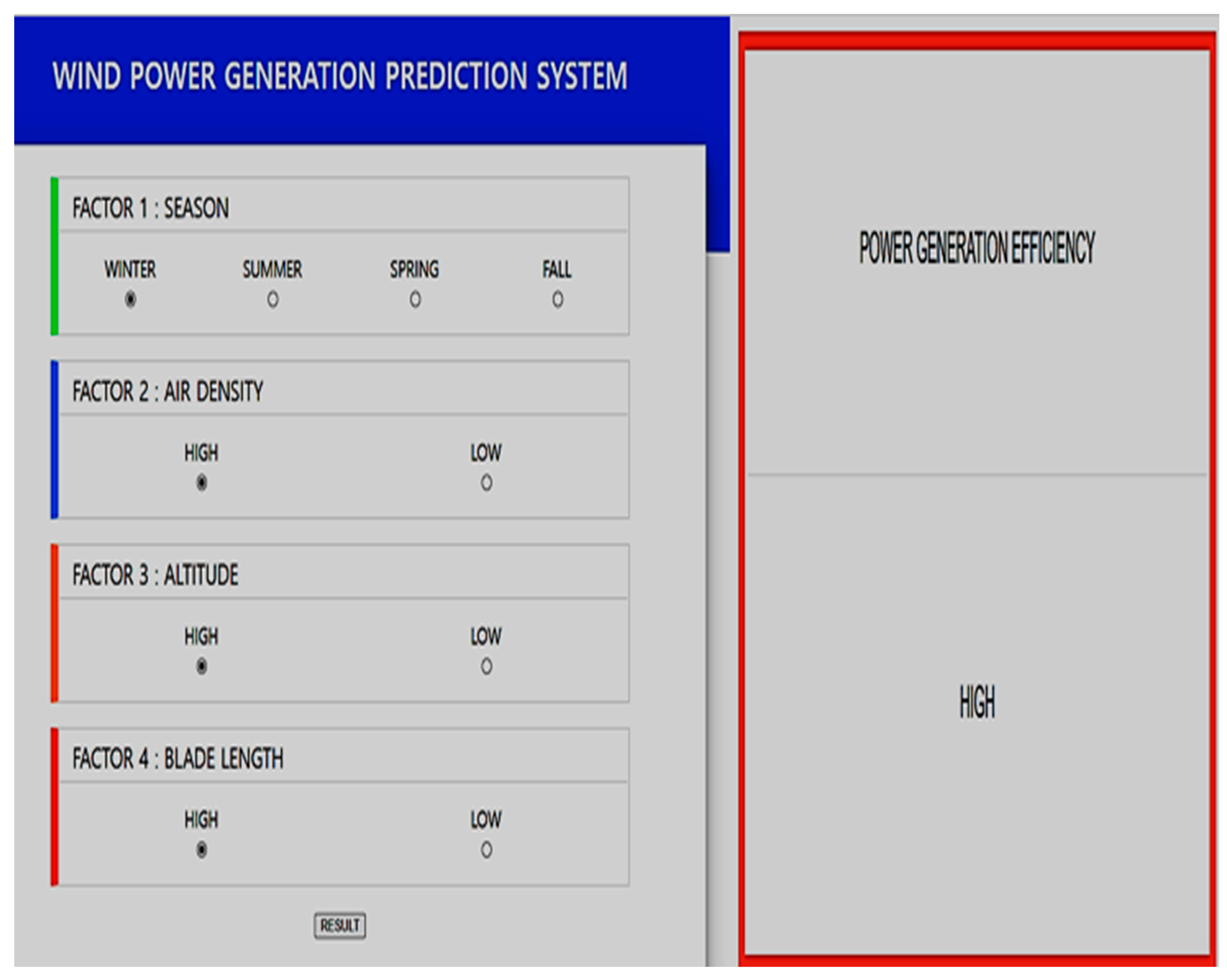
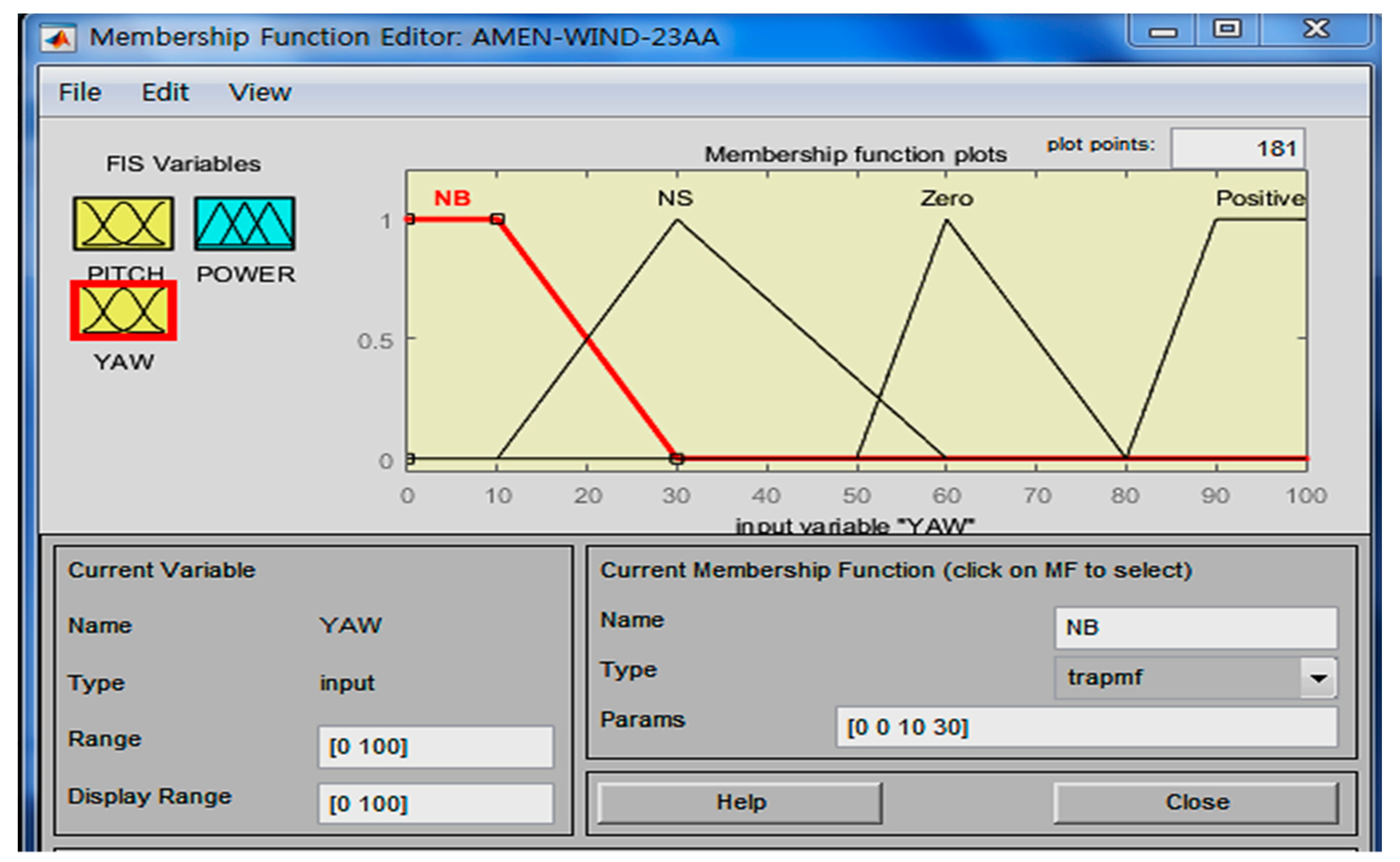
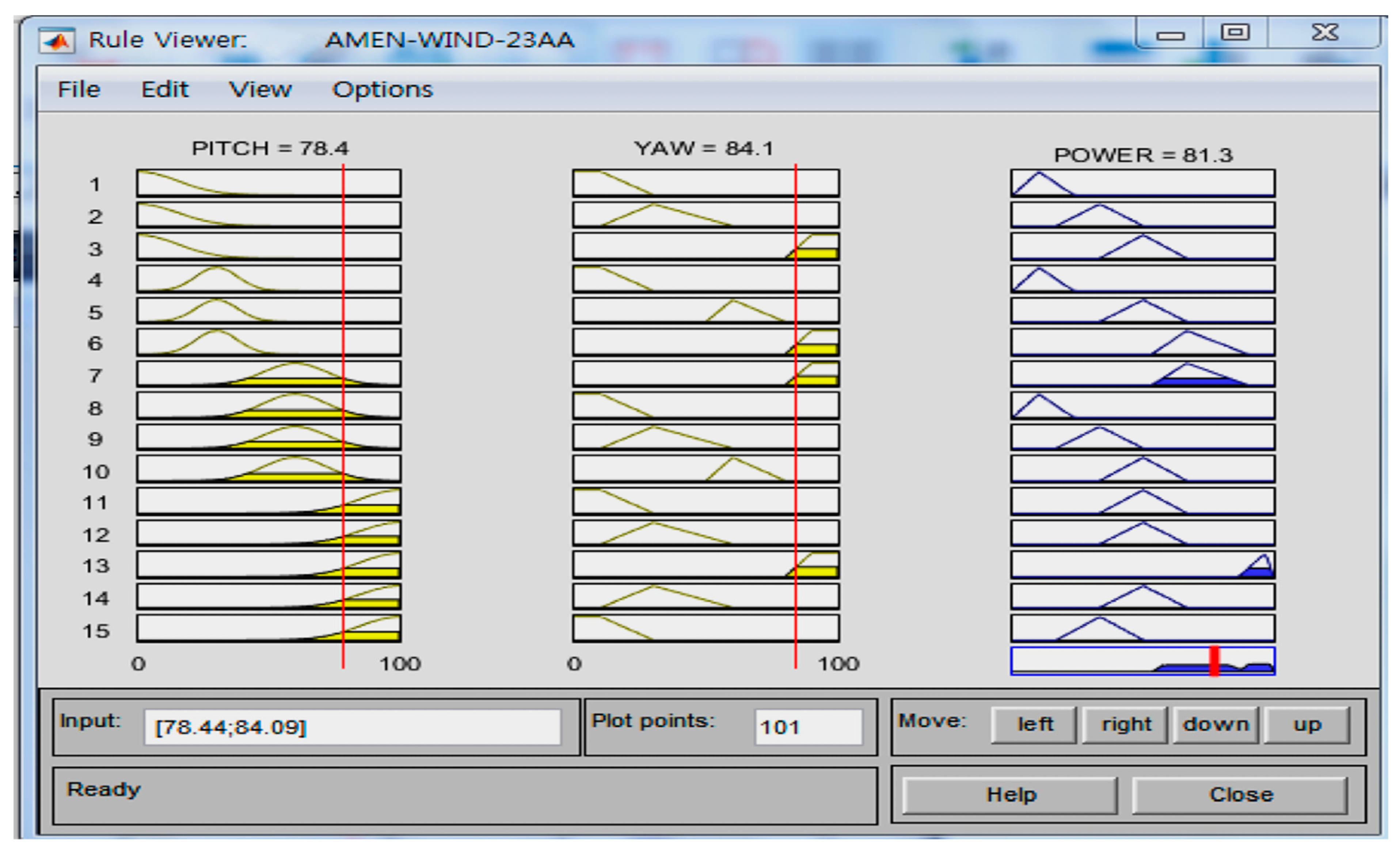

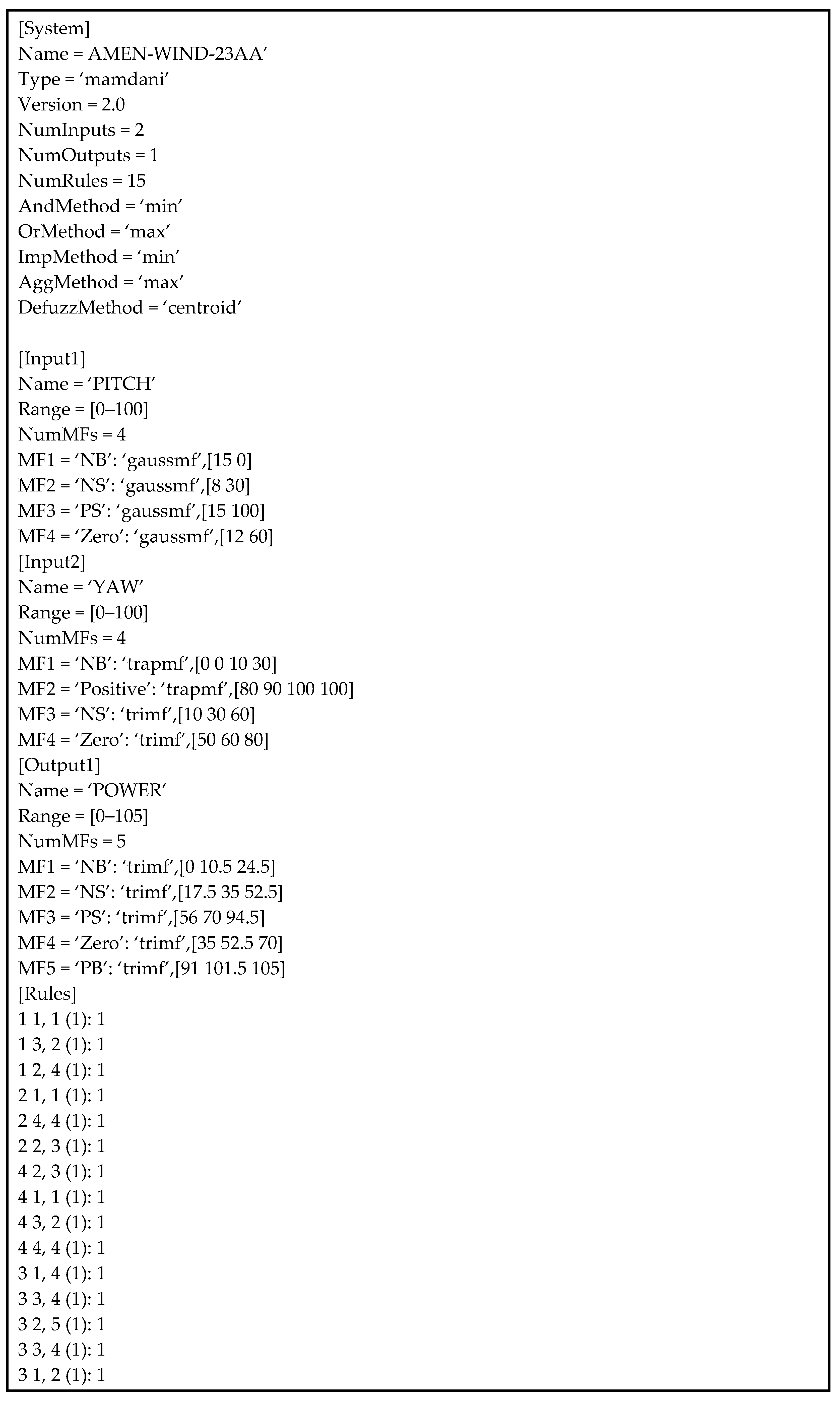
| File Name | Functions |
|---|---|
| Hadoop-env.sh | Set the necessary environment variables in the cell script file running Hadoop. |
| masters | Configure the server to run the secondary name node. |
| slaves | Configure the server to run the data node. |
| core-site.xml | Specifies the environment information to be used in common with HDFS and Map Reduce. |
| hdfs-site.xml | Specifies the environment information to be used in HDFS. |
| mapred-site.xml | Set the environment information to be used in Map Reduce. |
| yarn-site.xml | Set the environment information of Resource Manager and Node Manager. |
| Variable 1 | Generator temperature: Low/Middle/High |
| Variable 2 | Cooling fan temperature: Low/Middle/High |
| Variable 3 | PCS temperature: Low/Middle/High |
| Variable 4 | Wind speed: Low/Middle/High |
| Variable 5 | Pitch angle: Low/Middle/High |
| Variable 6 | Rotor speed: Low/Middle/High |
| Variable 7 | Gear box temperature: Low/Middle/High |
| Variable 8 | Bearing temperature: Low/Middle/High |
| Variable 9 | Risk of fire accidents: Yes/No |
| Fuzzy Rules | Fuzzy Control Parameters |
|---|---|
| (RULE 1) IF WDS IS PB AND DRV IS NS THEN OPT IS PB (RULE 2) IF WDS IS PB AND DRV IS NM THEN OPT IS PM (RULE 3) IF WDS IS PS AND DRV IS NS THEN OPT IS PS WDS: Pitching control error in wind angle DRV: Yawing control error in wind direction OPRG: Optimal wind power efficiency | Error = R-Y Ce = Pe2-We1 Y: Pitching control value R: Reference input Ce: Variation of errors (reference input-Pitching control value) PE2: Pitching error We1: Yawing error |
| Quantization Steps | Wind Strength | Pitching Control for Quantized Values Scope of the Set | Fuzzy Membership Function (Actual Pitching Input Value) |
|---|---|---|---|
| 1 | Less than 4 m/s | Stalling control | None |
| 2 | 4.16.9 m/s | 25 ≤ x < 30 | 1–15 |
| 3 | 7.0–10.0 m/s | 20 ≤ x < 25 | 16–30 |
| 4 | 10.1–12.9 m/s | 15 ≤ x < 20 | 31–40 |
| 5 | 13.0–15.9 m/s | 10 ≤ x < 15 | 41–50 |
| 6 | 16.0–18.9 m/s | 5 < x ≤ 10 | 51–60 |
| 7 | 19.0–21.0 m/s | 0 ≤ x < −5 | 61–70 |
| 8 | 21.1–22.9 m/s | −5 ≤ x < −10 | 71–85 |
| 9 | 23.0–25.9 m/s | −10 ≤ x < −15 | 85–100 |
| 10 | 26 m/s More | Stalling control | None |
| Quantization Steps | Wind Strength | Yawing Control for Quantized Values Scope of the Set | Fuzzy Membership Function (Actual Yawing Input Value) |
|---|---|---|---|
| 1 | +6 | 150 ≤ x < 180 | 1–10 |
| 2 | +5 | 120 ≤ x < 150 | 11–20 |
| 3 | +4 | 90 ≤ x < 120 | 21–30 |
| 4 | +3 | 60 ≤ x < 90 | 31–35 |
| 5 | +2 | 30 ≤ x < 60 | 36–40 |
| 6 | +1 | 0 < x ≤ 30 | 41–50 |
| 7 | 0 | 0 | None |
| 8 | −1 | 180 ≤ x < 210 | 51–60 |
| 9 | −2 | 210 ≤ x < 240 | 61–70 |
| 10 | −3 | 240 ≤ x < 270 | 71–75 |
| 11 | −4 | 270 ≤ x < 300 | 76–80 |
| 12 | −5 | 300 ≤ x < 330 | 81–90 |
| 13 | −6 | 330 < x ≤ 360 | 91–100 |
| Fire Occurrence Condition Demonstration Input Data | Risk of Fire Accidents | ||||||
|---|---|---|---|---|---|---|---|
| Enerator Temp. | Cooling Fan Temp. | Bearing Temp. | Gear-Box Temp. | Oil Level Risk Level | Abnormal Vibration Frequency | Traditional Methods | AI-Based Approach |
| High | High | High | High | High | High | High | High |
| Medium | High | High | High | Low | Low | High | Low |
| Low | Low | Low | High | Medium | High | Low | Medium |
| High | Low | High | High | Low | Low | Medium | Low |
| Low | Low | Low | Low | Medium | High | Low | Medium |
| Medium | Medium | Medium | Medium | High | High | Medium | High |
| Medium | High | Medium | Medium | Medium | High | Medium | High |
| Low | High | Low | Low | Low | Low | Medium | Low |
| High | High | Medium | High | Medium | Medium | High | Medium |
| Medium | High | Low | Medium | Low | Low | Medium | Low |
| Input Data | Output Data Efficiency | ||||
|---|---|---|---|---|---|
| Wind Speed | Height | Blade Length | Wind Direction Change | None Fuzzy | Fuzzy Inference |
| Small | Small | Small | Small | Bad | Bad |
| Small | Small | Small | Big | Bad | Medium |
| Small | Small | Big | Big | Medium | Big |
| Small | Medium | Small | Small | Bad | Bad |
| Big | Big | Big | Big | Medium | Good |
| Big | Small | Medium | Big | Medium | Good |
| Small | Medium | Big | Big | Medium | Good |
| Small | Small | Small | Small | Small | Small |
| Medium | Small | Medium | Small | Medium | Medium |
| Small | Small | Big | Big | Medium | Good |
| Medium | Small | Small | Small | Small | Medium |
| Medium | Big | Big | Big | Medium | Medium |
Disclaimer/Publisher’s Note: The statements, opinions and data contained in all publications are solely those of the individual author(s) and contributor(s) and not of MDPI and/or the editor(s). MDPI and/or the editor(s) disclaim responsibility for any injury to people or property resulting from any ideas, methods, instructions or products referred to in the content. |
© 2023 by the authors. Licensee MDPI, Basel, Switzerland. This article is an open access article distributed under the terms and conditions of the Creative Commons Attribution (CC BY) license (https://creativecommons.org/licenses/by/4.0/).
Share and Cite
Kim, J.-H.; Park, S.-H.; Park, S.-J.; Yun, B.-J.; Hong, Y.-S. Wind Turbine Fire Prevention System Using Fuzzy Rules and WEKA Data Mining Cluster Analysis. Energies 2023, 16, 5176. https://doi.org/10.3390/en16135176
Kim J-H, Park S-H, Park S-J, Yun B-J, Hong Y-S. Wind Turbine Fire Prevention System Using Fuzzy Rules and WEKA Data Mining Cluster Analysis. Energies. 2023; 16(13):5176. https://doi.org/10.3390/en16135176
Chicago/Turabian StyleKim, Jong-Hyun, Se-Hwan Park, Sang-Jun Park, Byeong-Ju Yun, and You-Sik Hong. 2023. "Wind Turbine Fire Prevention System Using Fuzzy Rules and WEKA Data Mining Cluster Analysis" Energies 16, no. 13: 5176. https://doi.org/10.3390/en16135176
APA StyleKim, J.-H., Park, S.-H., Park, S.-J., Yun, B.-J., & Hong, Y.-S. (2023). Wind Turbine Fire Prevention System Using Fuzzy Rules and WEKA Data Mining Cluster Analysis. Energies, 16(13), 5176. https://doi.org/10.3390/en16135176





